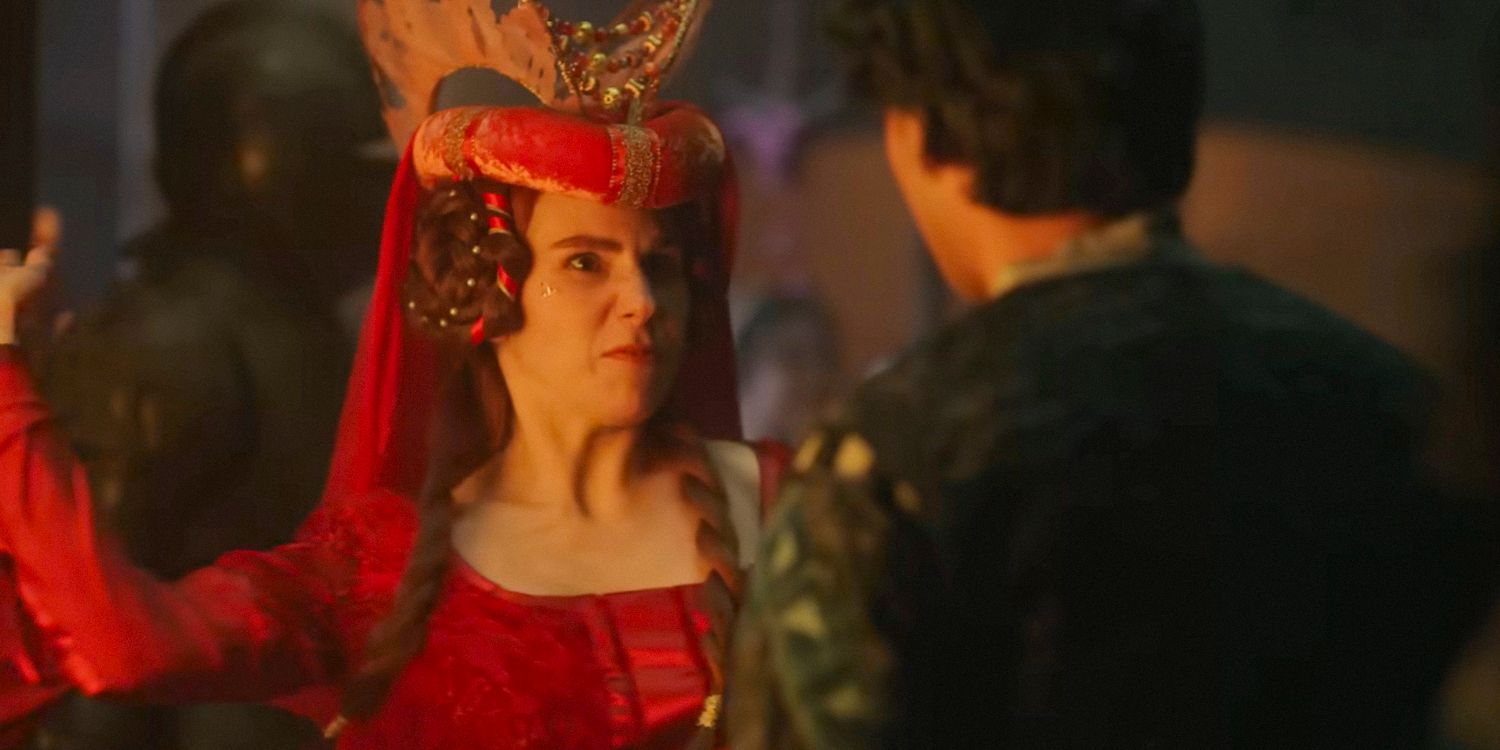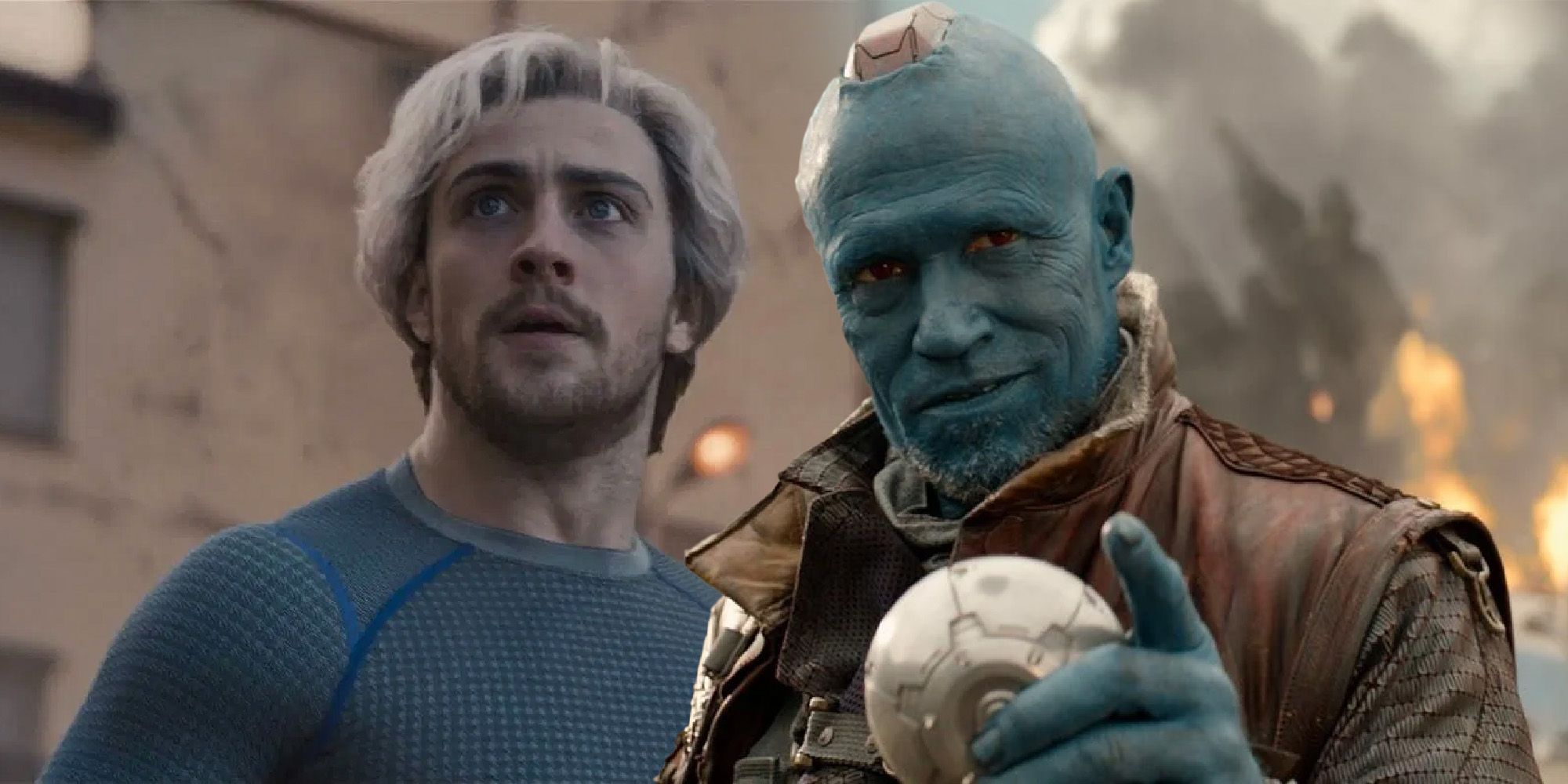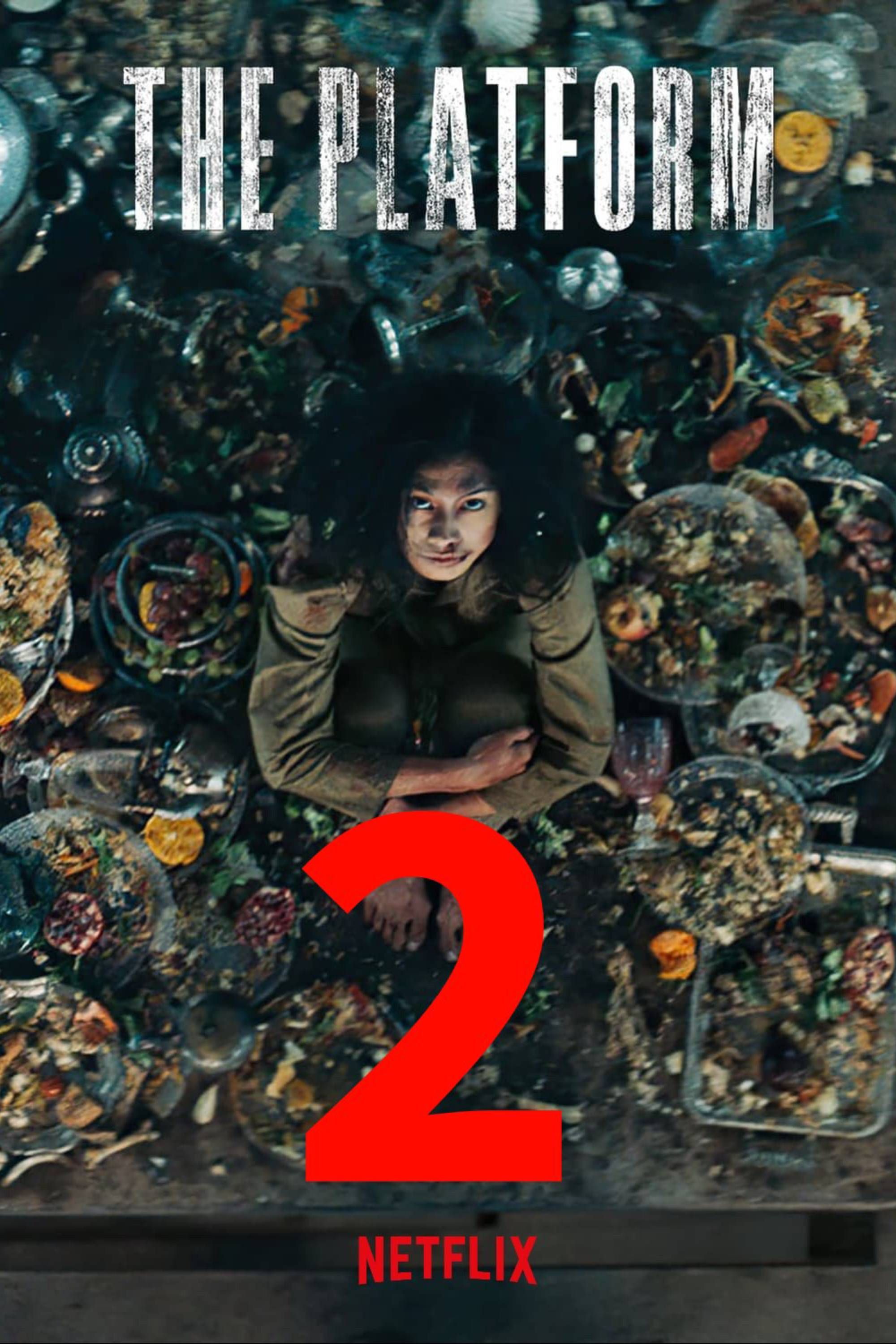Spike Lee’s Netflix series She’s Gotta Have It is based on his original film of the same name, but the show expands far beyond the reaches of its predecessor. As is the case with many a film-turned-TV show, the series allows for the content to be delved into far deeper and often dissected in order to eradicate any parts that weakened the previous piece.
She’s Gotta Have It had a lot going for it as a film–a Black, female protagonist, and queer to boot–but it also had some baggage weighing it down that kept it from greatness and which would not have played out well in the modern-day.
Season One took a much more contemporary view of Lee’s original content and spread it out for two whole seasons for fans to enjoy. However, there are still some things about his protagonist that don’t sit well with fans, as much as they might love Nola Darling the rest of the time.
Love: Her Bravery
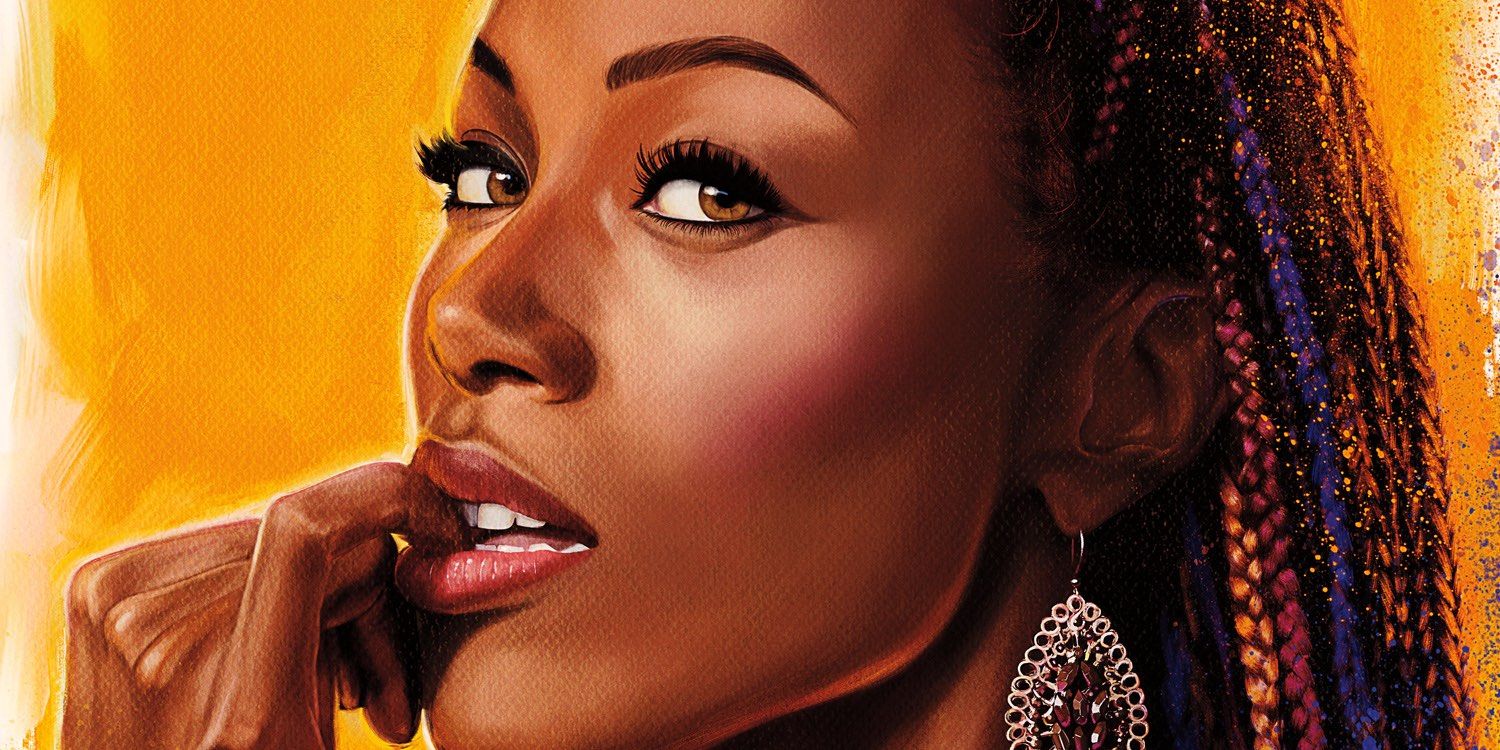
Nola stands up for what she believes in, even if that means putting herself in some difficult situations. When her friend is in trouble with the police for something he didn’t do (spray-painting the letter “G” all over expensive brownstones) Nola opts to take his place in the police car, seeing as he is homeless and she will likely have more support in getting out.
Don’t Get: Her Immaturity

Nola has many moments where she makes questionable decisions, such as in Season Two when she spends extensive amounts of time with Opal’s daughter, Skylar, and behaves as a parent to her when Opal has strictly informed her not to. Granted, Opal is a bit severe about it all, but even viewers have to admit that Nola getting Skylar’s ear pierced without opal knowing was an unwise move.
Love: She’s Sex-Positive
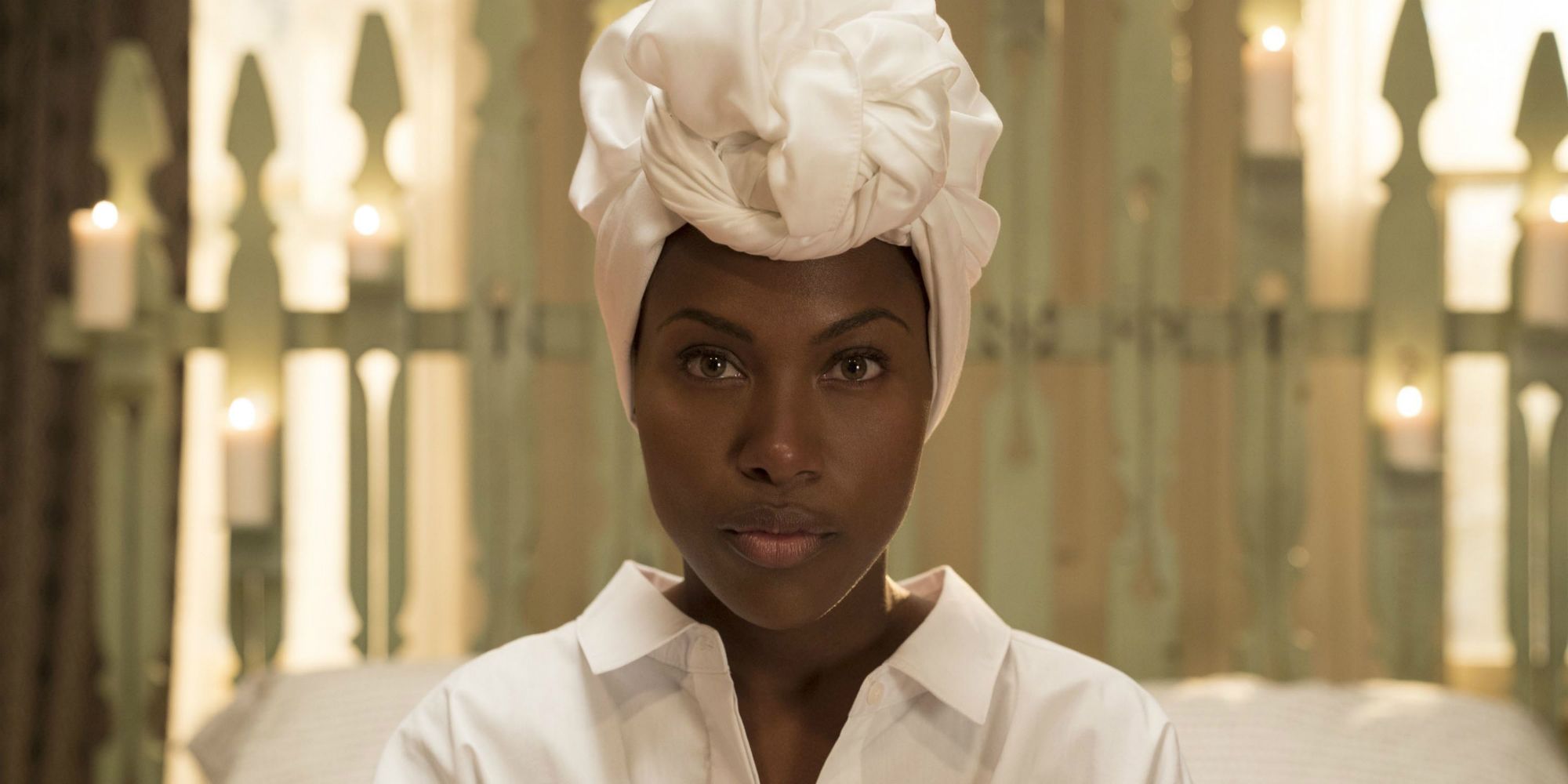
Nola’s sex-positivity shines through the show in ways that are rarely seen on television. She behaves how she wants when she wants, and she will not be judged for it. Season Two sees Nola experiment in a monogamous relationship with Opal, but even then sex-positivity is present in the show, representing sexuality as something to be normalized rather than a subject of taboo and blushes.
Don’t Get: She Forces Her Lovers To Meet
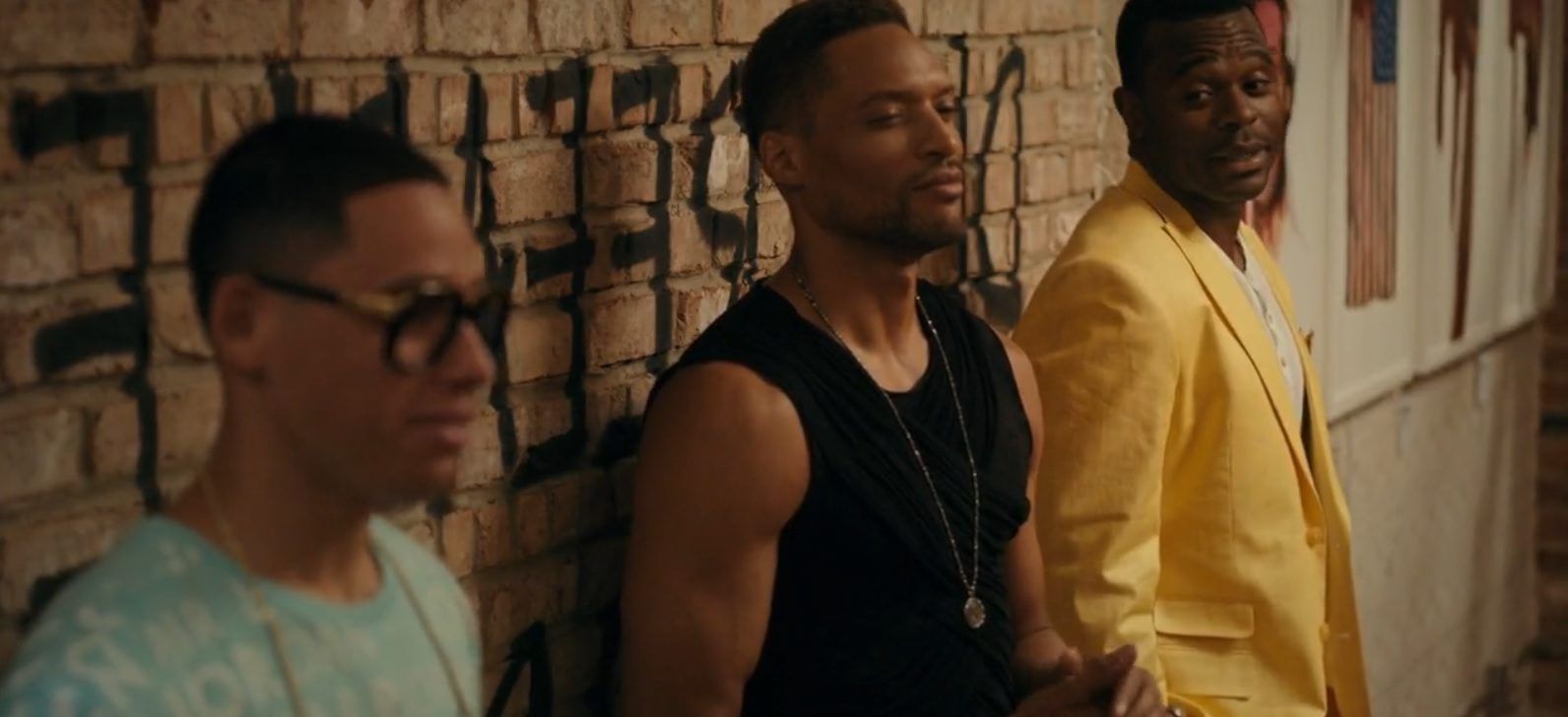
Perhaps one of the strangest things that happen in the show is at the end of Season One when Nola throws a Thanksgiving dinner where, much to their surprise, all of her lovers find themselves attending.
Now, the open-minded, boundary-pushing aspects of the show are what it’s known for, but this seems a bit far, even for Nola. Her lovers never asked to meet one another, and so the scene becomes an uncomfortable clashing of people who never consented to the experience.
Love: She Fights Gentrification
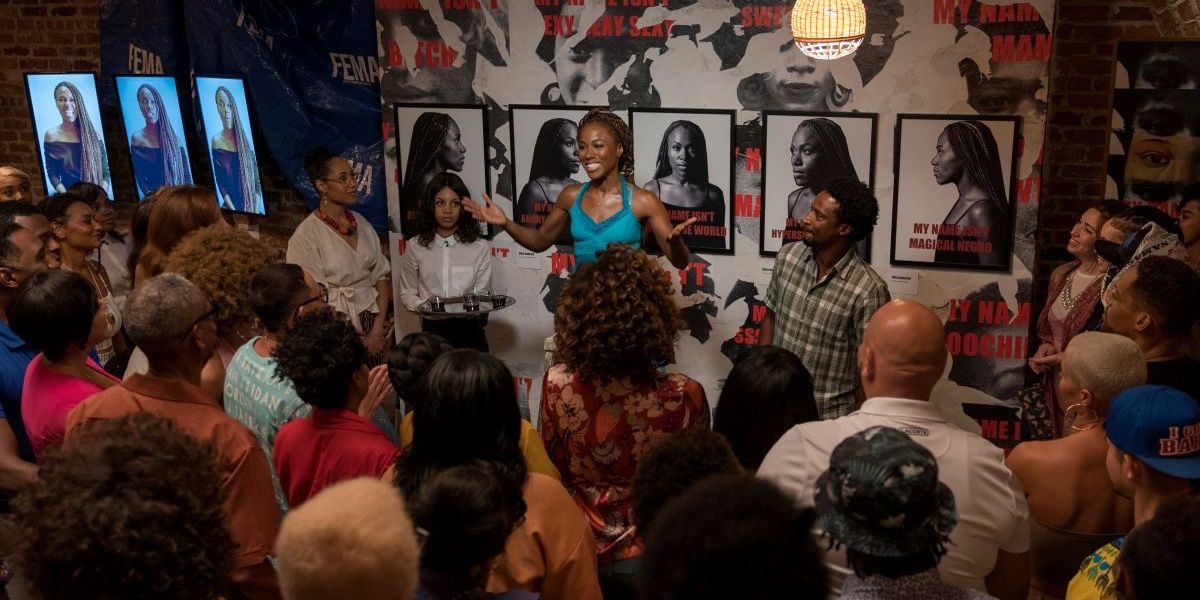
A main theme in the show is the steady gentrification of Brooklyn by upper-class white people. Nola regularly discusses the topic with her friends, reminiscing about the way the city used to be and how all of the wealthy people moving disrupt the ecosystem of the area. These discussions draw attention to the issue of job and home displacement caused by gentrification.
Don’t Get: She Lives In A Fancy Apartment
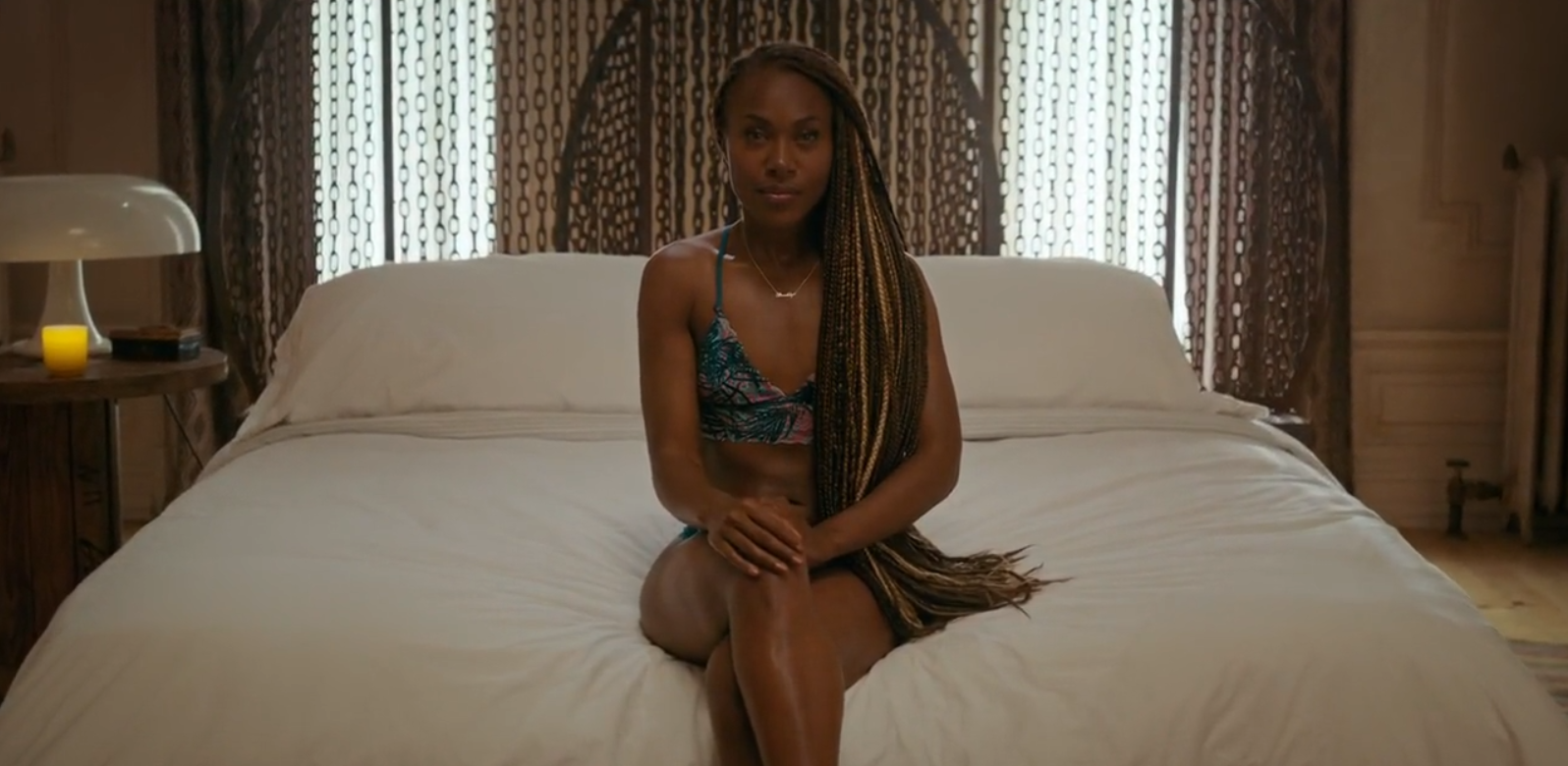
It’s great that Nola stands for pre-gentrified Brooklyn, but it’s confusing that she so strongly relates to the plight of the working-class underprivileged–constantly contrasting herself and her friends to the wealthy people invading the town–when Nola herself lives in a huge, beautiful apartment.
Love: She Owns Her Knowledge
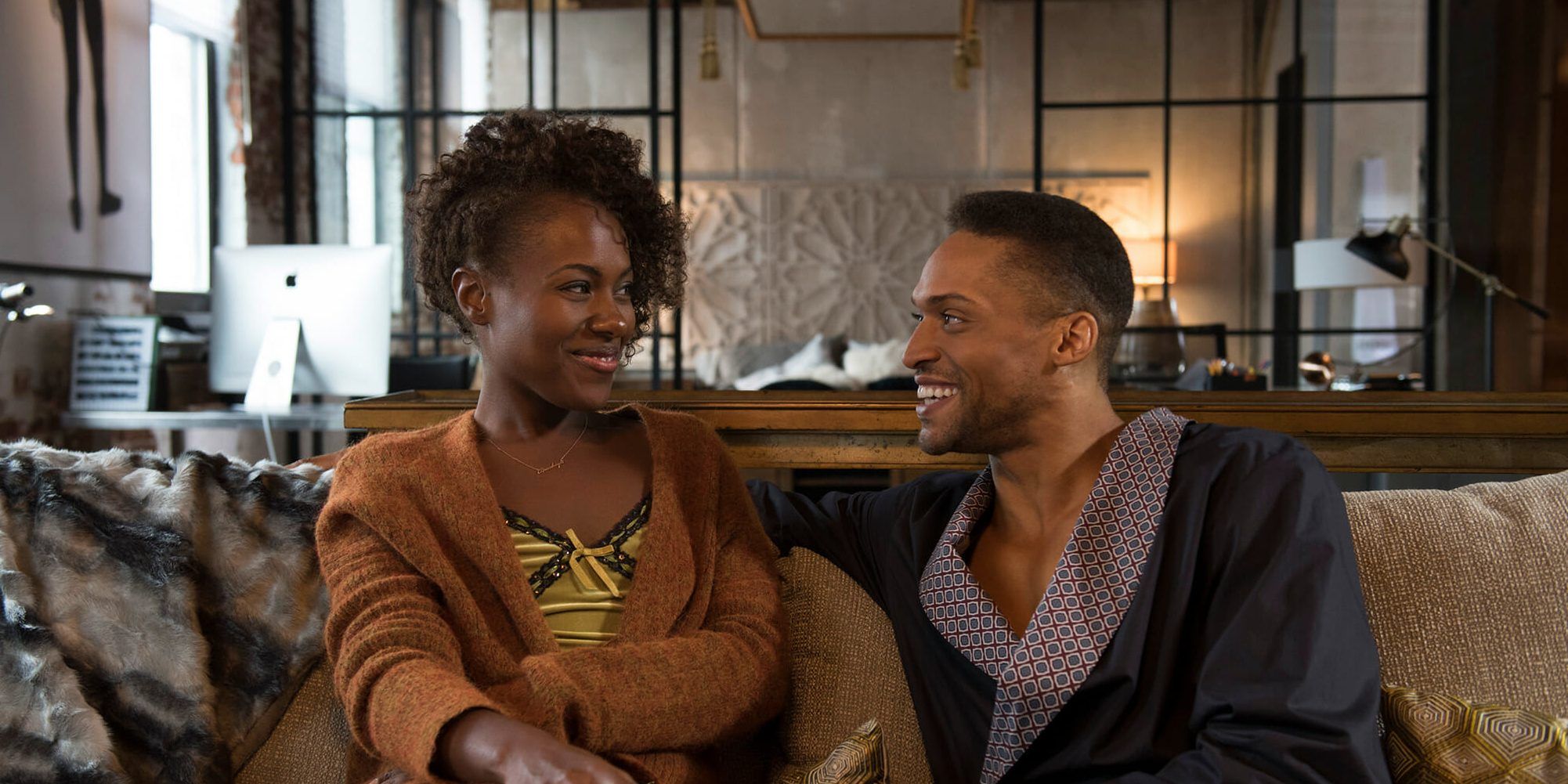
Many female characters are written to echo the unfortunate habits of modern-day women in that they hide or under-play their intelligence. Nola, however, is fully aware of her intelligence and never shows shame or hesitance when it comes to inserting herself into a conversation.
Don’t Get: She’s Self-Obsessed
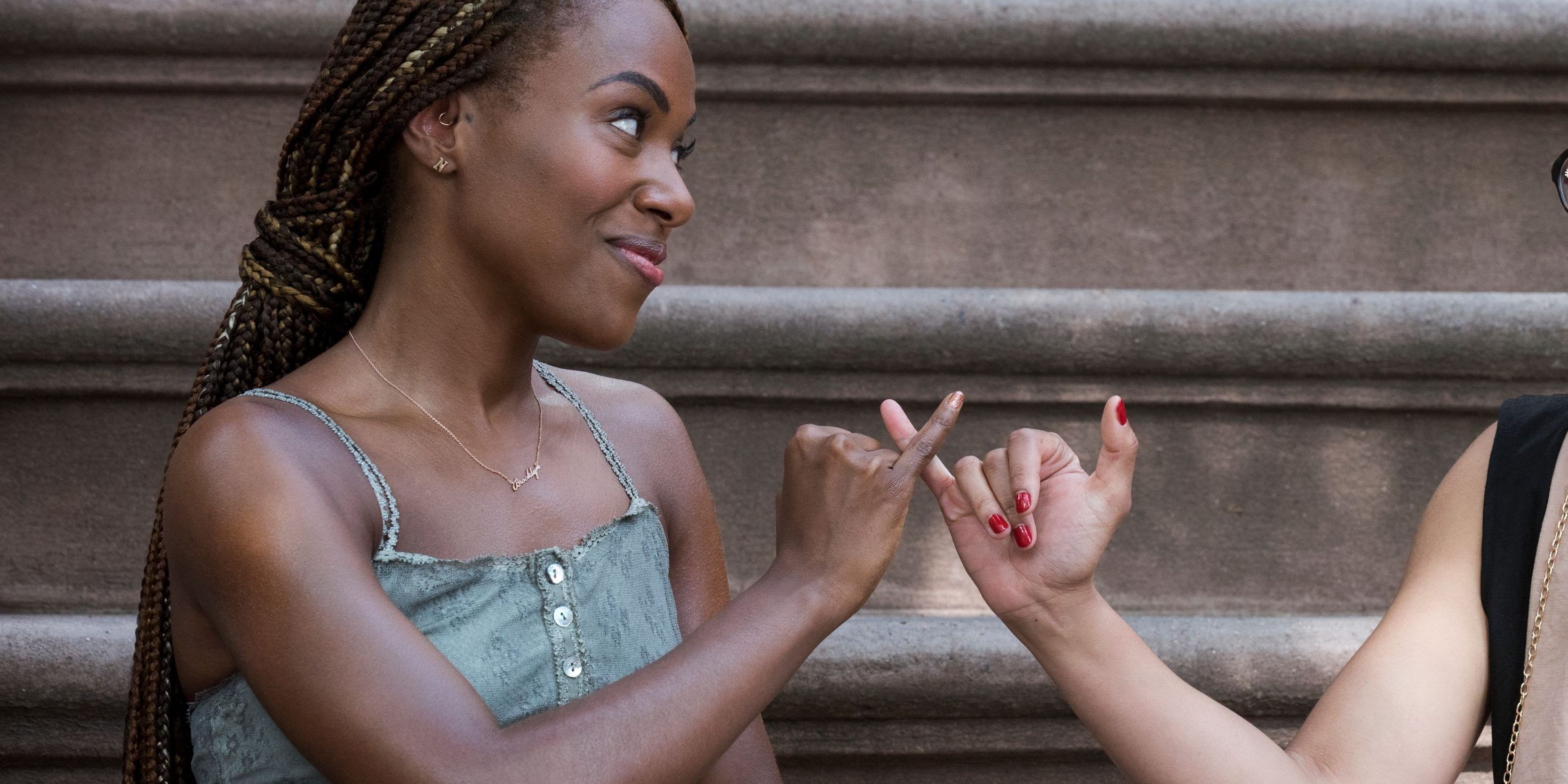
She certainly has her moments of kindness, but for the most part Nola spends her time obsessing over who she is and how other people see her. The entire series is majorly a focus on Nola hyper-analyzing her identity, to the point where her worries over how the world sees her end up immobilizing her from living her life.
Love: She Values Integrity
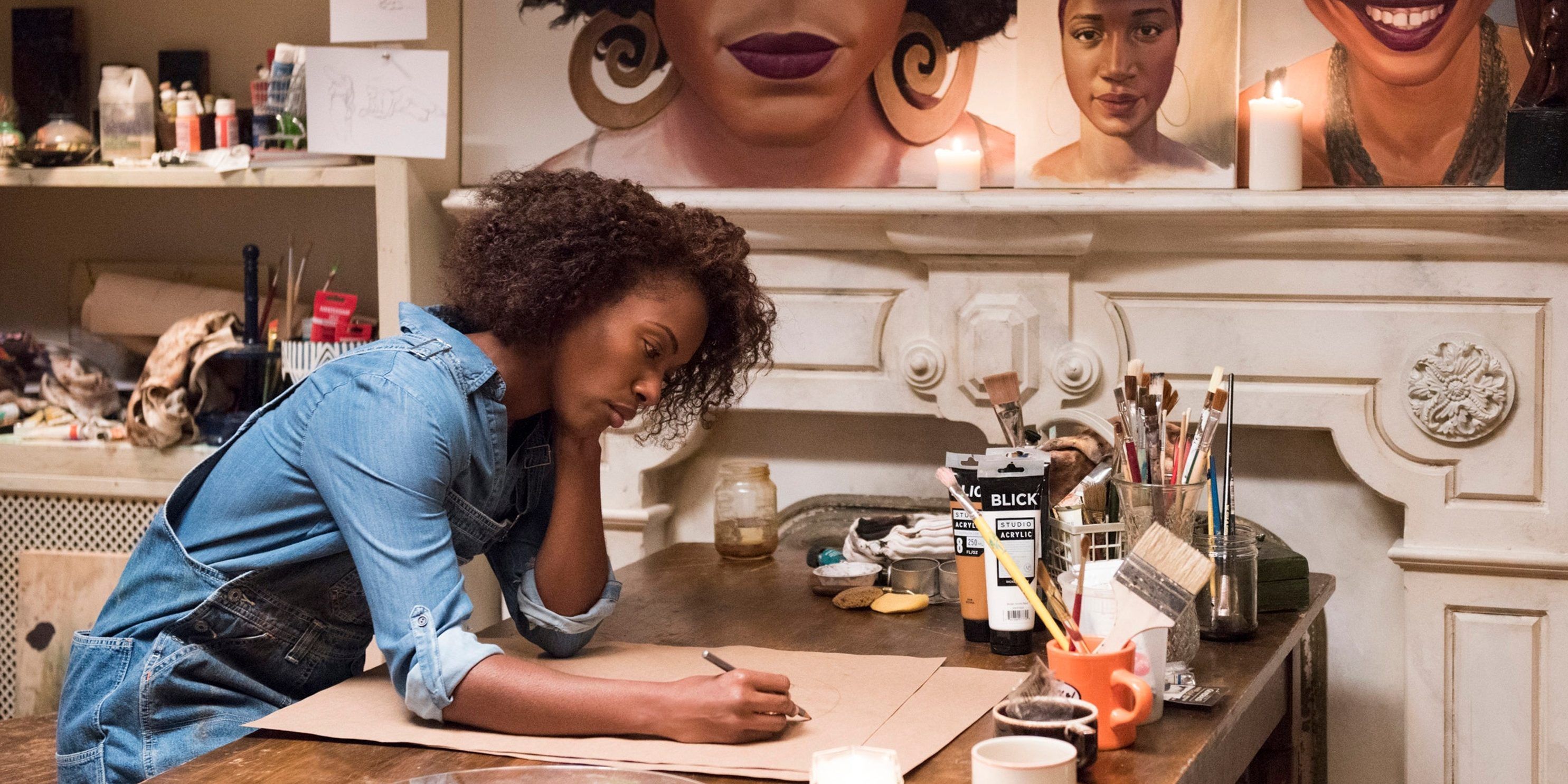
One of Nola’s greatest predicaments of Season Two is whether or not to allow a new music streaming company to use her art. Nola is stuck in the classic artist conflict of “selling out” or sticking to her guns and keeping her art close to home, untarnished by its use in marketing. Luckily, Nola discovers the beauty of negotiation.
Don’t Get: She Takes Her Fortune For Granted
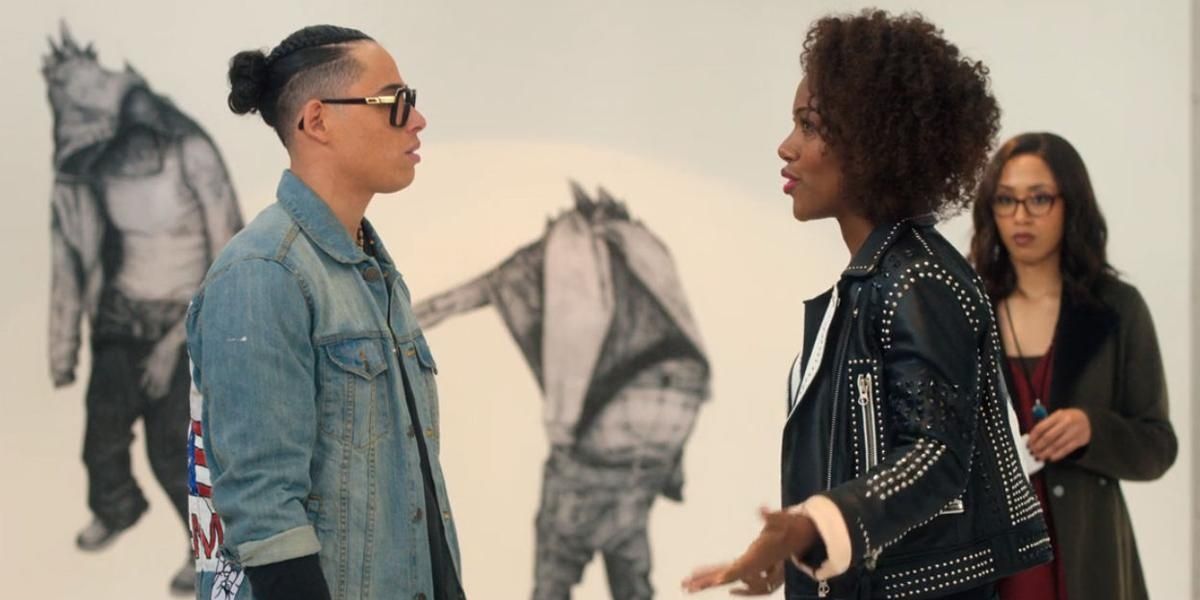
The show certainly highlights the ways that Nola’s life is difficult. Being a Black woman in America is fraught with complications, particularly a queer Black woman, and Nola’s experience illustrates some of these.
However, Nola’s character is occasionally thrown into contrast with one of her fellow characters who are much less fortunate, and the fact of her beautiful apartment, supportive family, and great opportunities in the art world are thrown into relief for the audience–something the character herself seems to largely take for granted.
